Home>Gardening & Outdoor>Landscaping Ideas>When Is Grass Dormant
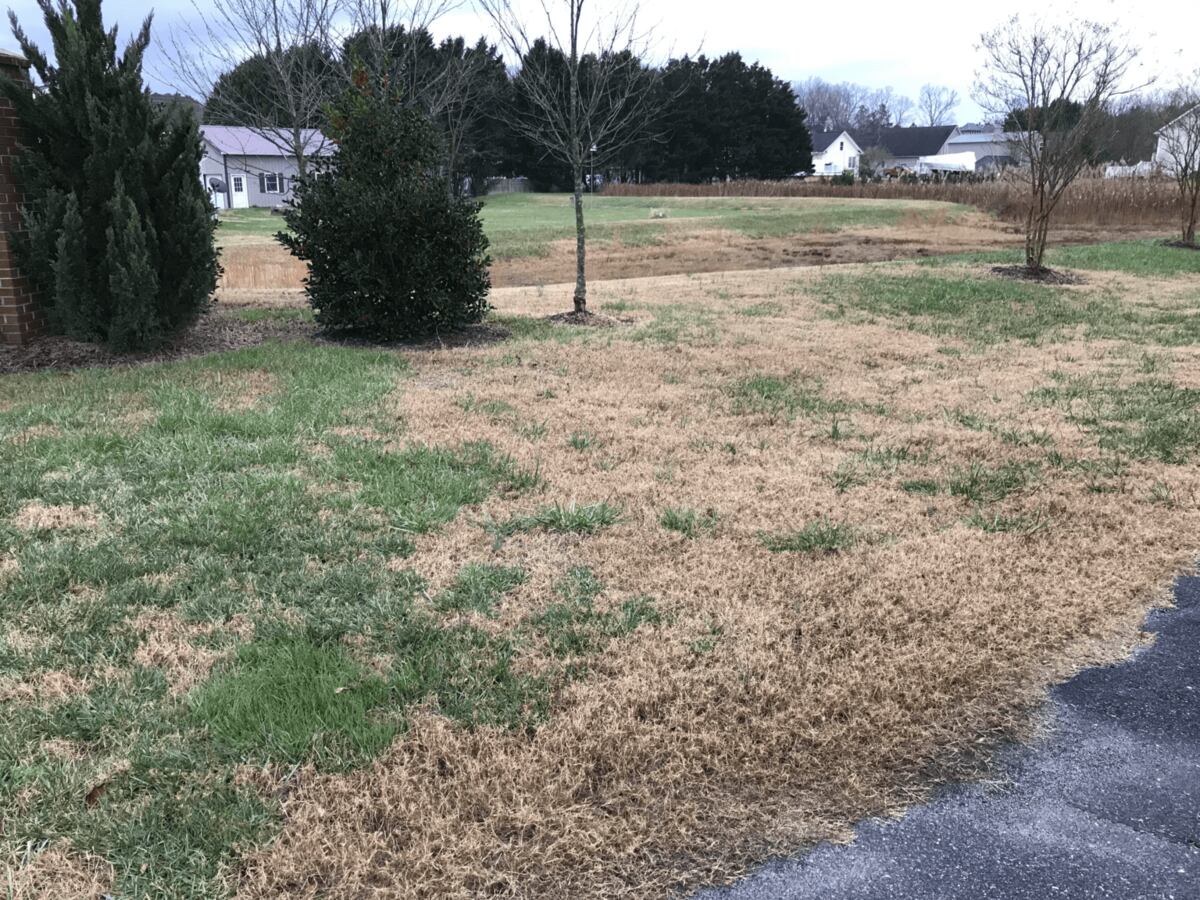

Landscaping Ideas
When Is Grass Dormant
Modified: March 28, 2024
Learn when grass goes dormant and how to maintain your landscaping during this period with our expert landscaping ideas. Discover tips and tricks for a healthy lawn year-round.
(Many of the links in this article redirect to a specific reviewed product. Your purchase of these products through affiliate links helps to generate commission for Storables.com, at no extra cost. Learn more)
**
Introduction
**
When the vibrant green of a lush lawn fades to a straw-like hue, it can be a puzzling sight for many homeowners. Understanding the seasonal changes that grass undergoes is crucial for maintaining a healthy and vibrant lawn. The concept of grass dormancy plays a pivotal role in this cycle, influencing how we care for our lawns during different times of the year.
In this comprehensive guide, we will delve into the intricacies of grass dormancy. By exploring the factors that contribute to dormancy, identifying its telltale signs, and learning how to care for dormant grass, you will gain valuable insights into nurturing your lawn through every season. Whether you're a seasoned gardener or a novice enthusiast, this article will equip you with the knowledge needed to navigate the ebb and flow of your lawn's vitality.
Join us as we uncover the mysteries of grass dormancy and discover the best practices for maintaining a lush, verdant lawn year-round.
**
Key Takeaways:
- Grass dormancy is a natural survival strategy triggered by extreme temperatures and limited water. Understanding its signs and factors helps homeowners care for their lawn through every season.
- During grass dormancy, adjust mowing, watering, and traffic to support the grass’s resilience. Prepare for a vibrant resurgence by nurturing the lawn through thoughtful and targeted care practices.
Read more: When Does Grass Become Dormant
Understanding Dormancy in Grass
**
Grass dormancy is a natural survival mechanism that occurs in response to environmental stressors, particularly during periods of extreme temperatures and limited water availability. When faced with unfavorable conditions, grass enters a state of dormancy as a protective measure to conserve energy and resources. This process allows the grass to withstand harsh environmental challenges and resume active growth when conditions become more favorable.
During dormancy, grass significantly reduces its metabolic activities, resulting in slowed growth and a change in appearance. The vibrant green color fades, and the blades may adopt a straw-like or brownish tint. While this transformation may cause concern for some homeowners, it is important to recognize that dormancy is a natural and temporary phase in the grass’s life cycle.
Understanding the triggers for grass dormancy is essential for effectively managing a lawn throughout the year. Factors such as temperature, moisture levels, and day length play integral roles in signaling the onset of dormancy. By familiarizing yourself with these cues, you can anticipate and prepare for the dormant phase, ensuring that your lawn remains resilient and primed for rejuvenation when conditions improve.
By gaining insight into the intricacies of grass dormancy, you will be better equipped to adapt your lawn care practices and support your grass through its natural fluctuations. Let’s explore the various factors that influence grass dormancy and gain a deeper understanding of this essential aspect of lawn maintenance.
Factors Affecting Grass Dormancy
Several key factors influence the dormancy patterns of grass, shaping its response to changing environmental conditions. Understanding these factors is crucial for anticipating and managing grass dormancy effectively.
- Temperature: Extreme temperatures, both hot and cold, can trigger grass dormancy. High temperatures, especially in combination with insufficient moisture, can prompt warm-season grasses to enter dormancy as a protective mechanism. Conversely, cold temperatures induce dormancy in cool-season grasses, allowing them to endure freezing conditions until warmer weather returns.
- Moisture Levels: Inadequate moisture, whether due to drought or excessive waterlogging, can prompt grass to enter dormancy. Insufficient water availability inhibits the grass’s ability to sustain active growth, leading it to conserve energy and enter a dormant state until moisture levels improve.
- Day Length: Changes in day length can act as a signal for grass to enter dormancy. As the days grow shorter during the autumn and winter months, the reduced sunlight triggers a hormonal response in the grass, initiating the transition to dormancy.
- Soil Conditions: The quality and composition of the soil can impact grass dormancy. Poor soil structure, nutrient deficiencies, and compacted soil can stress the grass, prompting it to enter dormancy as a survival strategy.
- Grass Species: Different grass species exhibit varying dormancy responses based on their genetic makeup and adaptation to specific climatic conditions. Understanding the dormancy characteristics of the grass species in your lawn is essential for tailoring care practices accordingly.
By considering these influential factors, homeowners can proactively manage their lawn care routines to accommodate the natural dormancy patterns of the grass. Adapting watering schedules, adjusting mowing heights, and implementing soil amendments are among the strategies that can help mitigate the impact of dormancy and support the grass’s overall health.
Now that we’ve explored the factors affecting grass dormancy, let’s turn our attention to identifying the telltale signs of dormant grass.
Grass is usually dormant during the winter months when temperatures drop and sunlight decreases. It’s important to avoid walking or mowing on dormant grass to prevent damage.
Identifying Dormant Grass
Recognizing the signs of dormant grass is essential for distinguishing between natural dormancy and indicators of potential stress or damage. By understanding the visual cues and physical characteristics of dormant grass, homeowners can confidently adjust their lawn care practices to align with the grass’s current state.
One of the most prominent indicators of dormant grass is the change in color. Instead of the vibrant green associated with active growth, dormant grass often takes on a straw-like or pale brown hue. This transformation is a natural response to dormancy and should not be mistaken for signs of distress, such as nutrient deficiencies or disease.
In addition to color changes, dormant grass exhibits reduced growth and activity. The once-lush and rapidly growing lawn may appear stunted, with minimal to no visible growth. This slowed growth is a hallmark of dormancy and reflects the grass’s conservation of energy during unfavorable conditions.
Footprints and mower tracks may linger longer on dormant grass, as the blades are less resilient and do not bounce back as readily as actively growing grass. This temporary imprint serves as a visual confirmation of the grass’s dormant state and can guide homeowners in adjusting their lawn care routines to minimize stress on the grass.
It’s important to note that while dormant grass may appear lackluster, it is not necessarily unhealthy. Dormancy is a natural survival mechanism that allows the grass to endure challenging conditions and resume active growth when environmental factors become more favorable.
By familiarizing themselves with the visual and physical characteristics of dormant grass, homeowners can confidently differentiate between dormancy and potential issues requiring intervention. Armed with this knowledge, they can proceed to implement appropriate care strategies to support the grass through its dormant phase.
Now that we’ve identified the telltale signs of dormant grass, let’s explore the best practices for caring for grass during dormancy.
Caring for Dormant Grass
While dormant grass may appear subdued, it still requires thoughtful care to ensure its vitality and resilience when transitioning out of dormancy. By implementing targeted maintenance practices, homeowners can support their grass through the dormant phase and set the stage for a vibrant resurgence when favorable conditions return.
Reduced Maintenance: During dormancy, grass enters a phase of slowed growth and metabolic activity. As a result, mowing frequency can be significantly reduced or suspended altogether. Adjusting the mower height to leave the grass slightly longer helps protect the crowns and insulate the roots, promoting overall grass health.
Watering: While dormant, grass requires minimal watering, especially during the winter months. However, in regions experiencing prolonged dry spells, light watering may be necessary to prevent the grass from desiccating excessively. It’s essential to strike a balance, providing enough moisture to prevent severe dehydration without encouraging unnecessary growth.
Minimize Traffic: Limiting foot traffic and heavy equipment usage on dormant grass helps prevent compaction and damage to the vulnerable blades. Encouraging family members and pets to avoid frequent traversing of the lawn preserves the grass’s integrity and minimizes stress during dormancy.
Soil Aeration: Conducting core aeration on dormant grass enhances soil ventilation and reduces compaction, promoting improved air and water circulation within the root zone. This practice prepares the lawn for a robust recovery once dormancy concludes, fostering healthier and more resilient grass growth.
Monitor for Pests and Diseases: While dormant, grass remains susceptible to certain pests and diseases. Vigilant monitoring for signs of infestation or disease ensures timely intervention, preventing potential damage to the grass as it awaits the return of favorable growing conditions.
Prepare for Transition: As the dormant phase nears its end, preparing the lawn for the transition back to active growth becomes essential. Gradually resuming normal watering and mowing practices, along with applying appropriate fertilization, sets the stage for a smooth and vibrant resurgence of the grass.
By embracing these targeted care practices, homeowners can nurture their dormant grass, fostering its resilience and preparing it for a vigorous return to active growth. With thoughtful attention and tailored maintenance, the grass emerges from dormancy revitalized and ready to flourish once more.
As we conclude our exploration of caring for dormant grass, we reflect on the essential role of understanding and supporting the natural dormancy cycles of our lawns. Let’s summarize the key insights we’ve uncovered in this comprehensive guide.
Conclusion
As we journeyed through the intricate nuances of grass dormancy, we gained a deeper understanding of this natural phenomenon and its significance in the life cycle of lawns. Grass dormancy, far from being a cause for alarm, is a vital survival strategy that allows grass to endure adverse environmental conditions and emerge resilient when conditions improve.
By unraveling the factors that influence grass dormancy and learning to identify its telltale signs, homeowners can navigate the dormant phase with confidence and adapt their care practices to support the grass’s well-being. Understanding the impact of temperature, moisture levels, day length, soil conditions, and grass species on dormancy empowers homeowners to proactively manage their lawns and minimize the stressors that accompany dormancy.
Caring for dormant grass demands a thoughtful and targeted approach, encompassing reduced maintenance, strategic watering, soil aeration, pest and disease monitoring, and preparing for the transition back to active growth. These practices not only safeguard the grass during dormancy but also set the stage for a vibrant resurgence, ensuring that the lawn thrives when it emerges from its dormant state.
As stewards of our lawns, embracing the ebb and flow of grass dormancy allows us to cultivate a deeper connection with the natural rhythms of our outdoor spaces. By recognizing dormancy as a pivotal part of the grass’s life cycle, we can nurture our lawns through every season, fostering their enduring health and beauty.
Armed with the insights and practices shared in this guide, homeowners are poised to embrace the dormant phase as an opportunity to support and prepare their lawns for the vibrant growth that lies ahead. By honoring the resilience of dormant grass and tending to its needs with care and understanding, we nurture landscapes that flourish year after year, embodying the timeless allure of nature’s cyclical dance.
As we conclude our exploration of grass dormancy, let us carry forward this newfound knowledge and appreciation, enriching our approach to lawn care and fostering landscapes that thrive in harmony with the ever-changing tapestry of the seasons.
Frequently Asked Questions about When Is Grass Dormant
Was this page helpful?
At Storables.com, we guarantee accurate and reliable information. Our content, validated by Expert Board Contributors, is crafted following stringent Editorial Policies. We're committed to providing you with well-researched, expert-backed insights for all your informational needs.

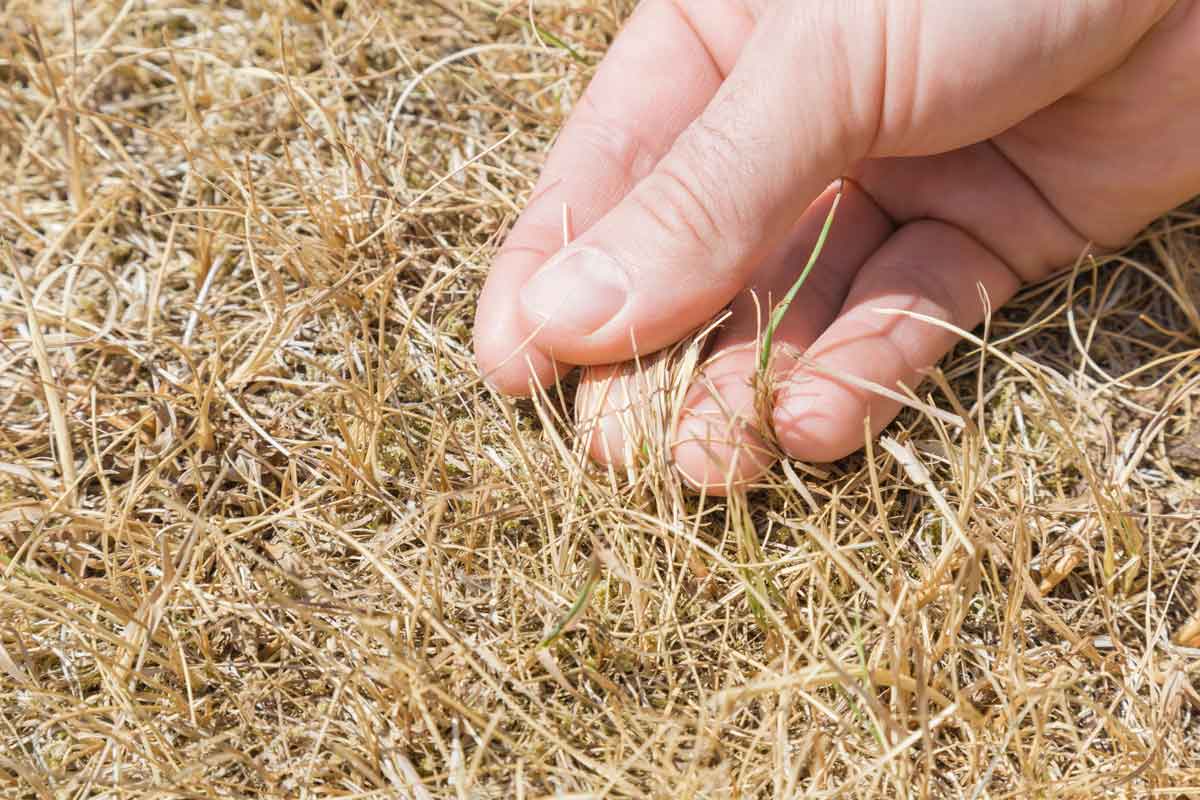
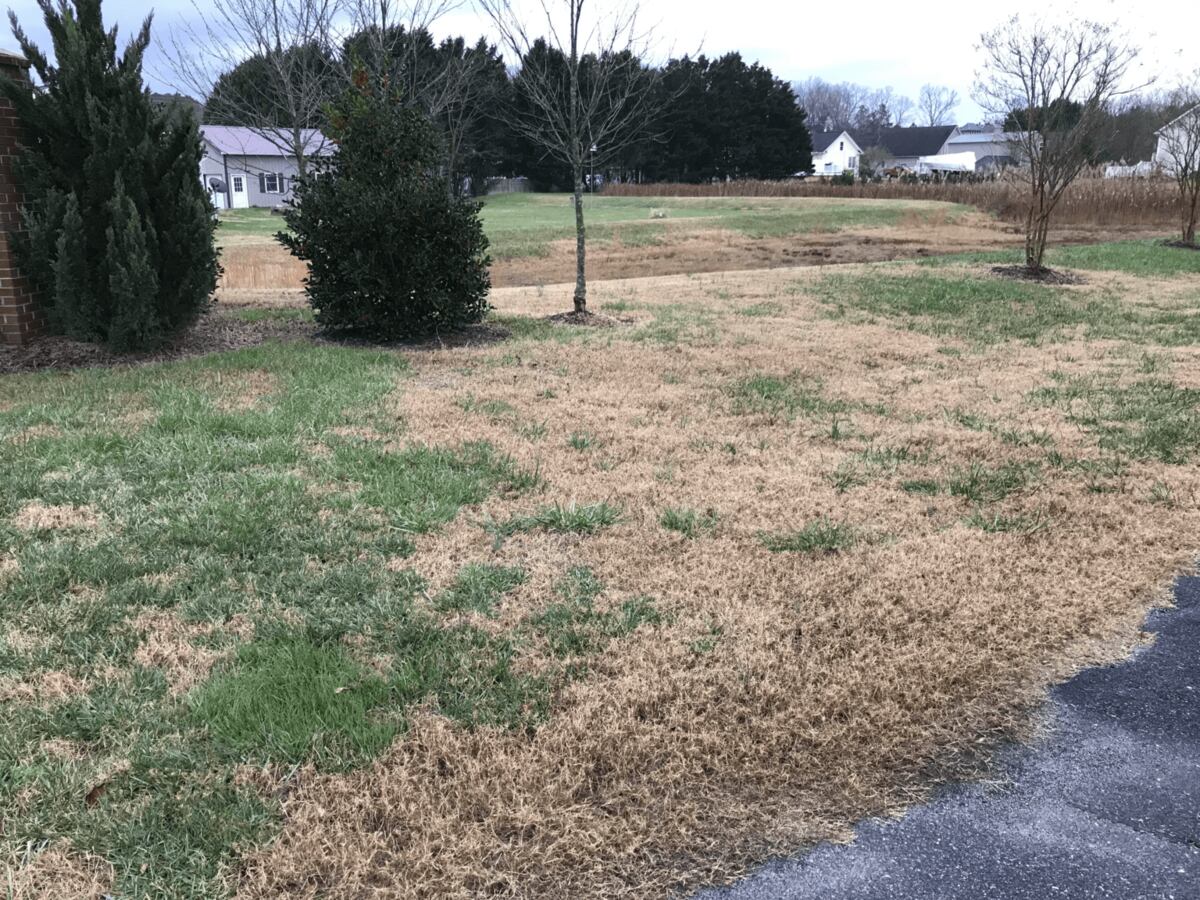
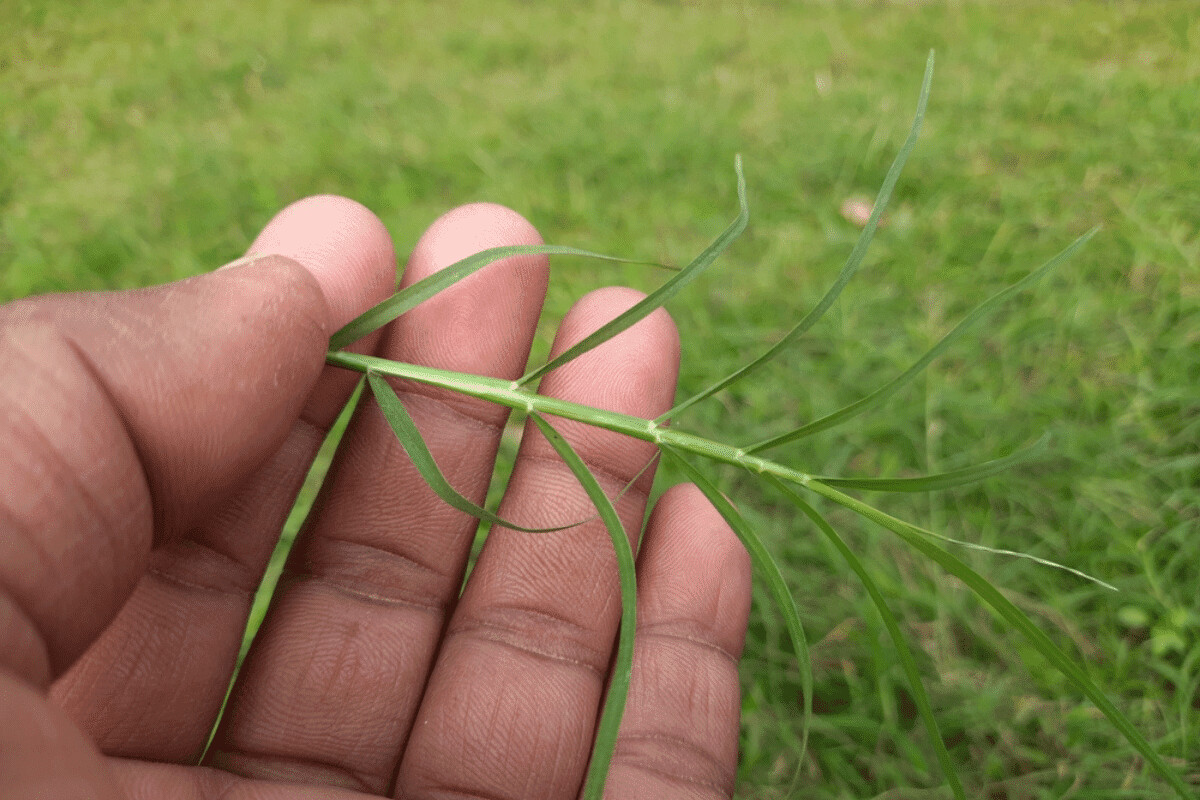
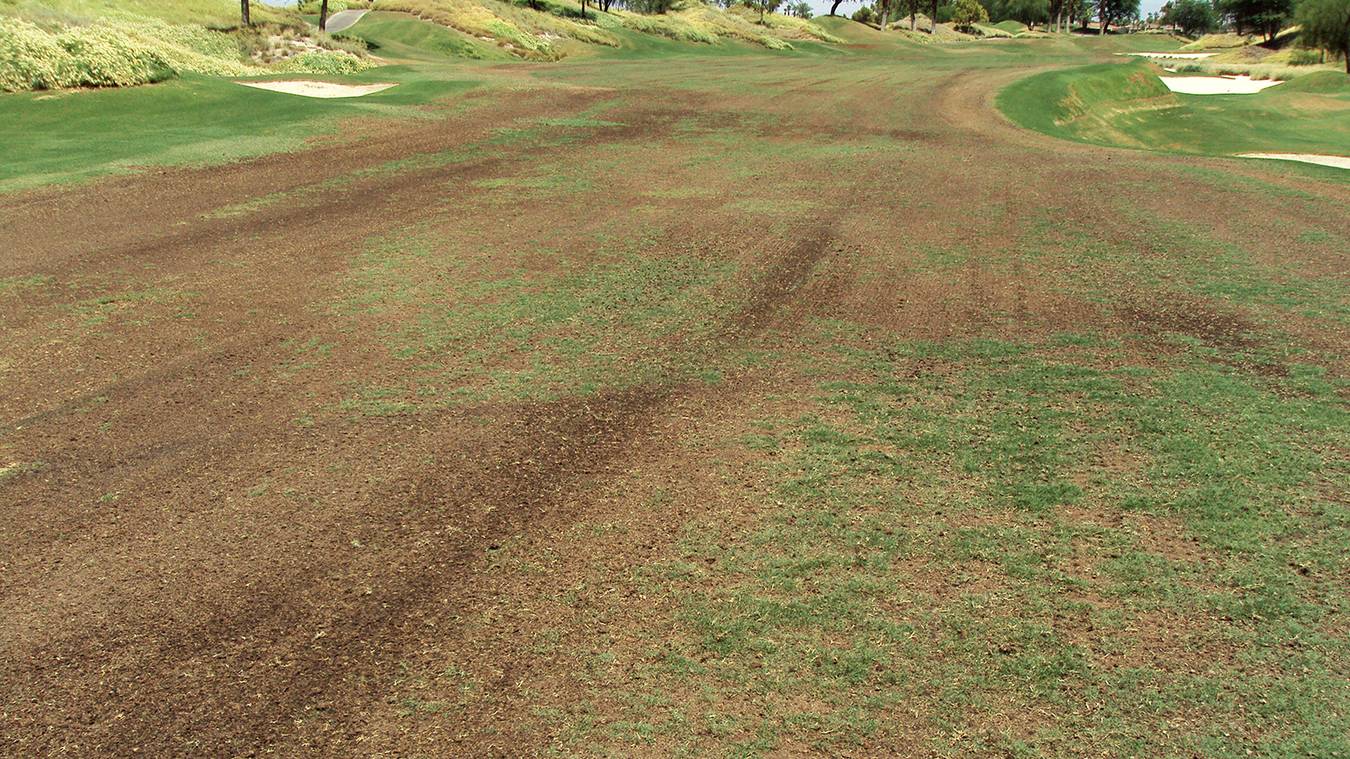
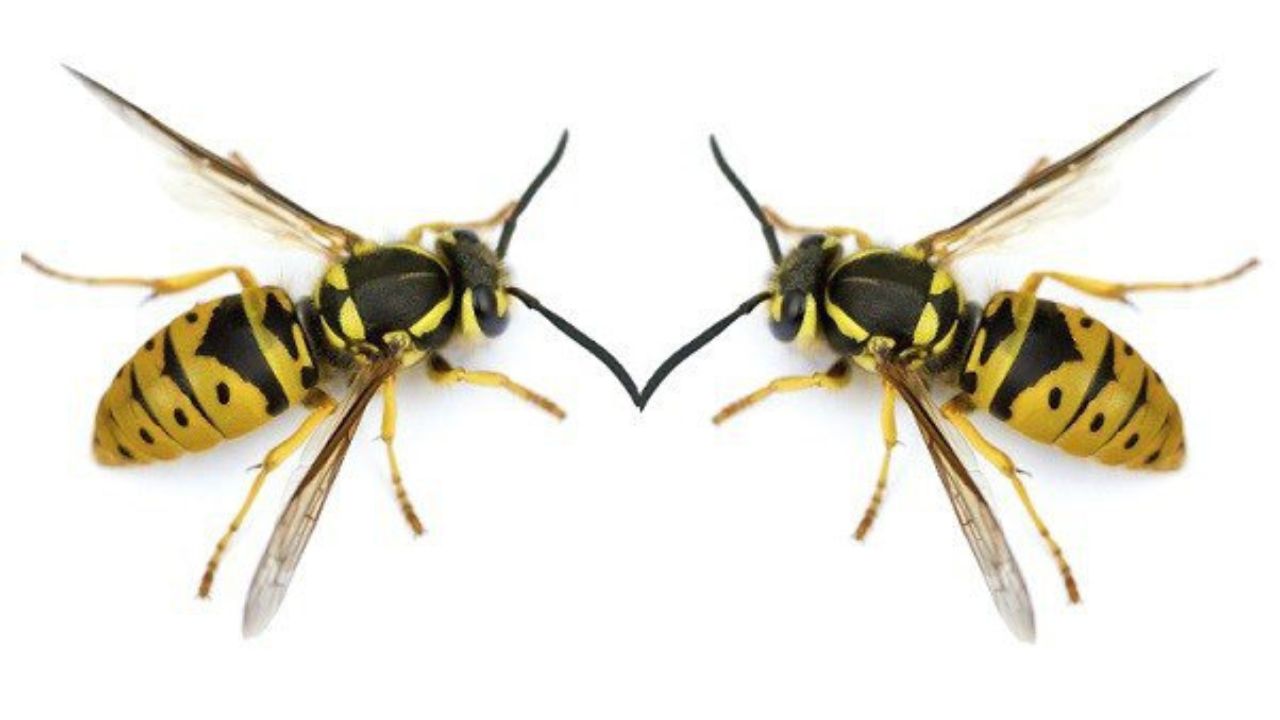
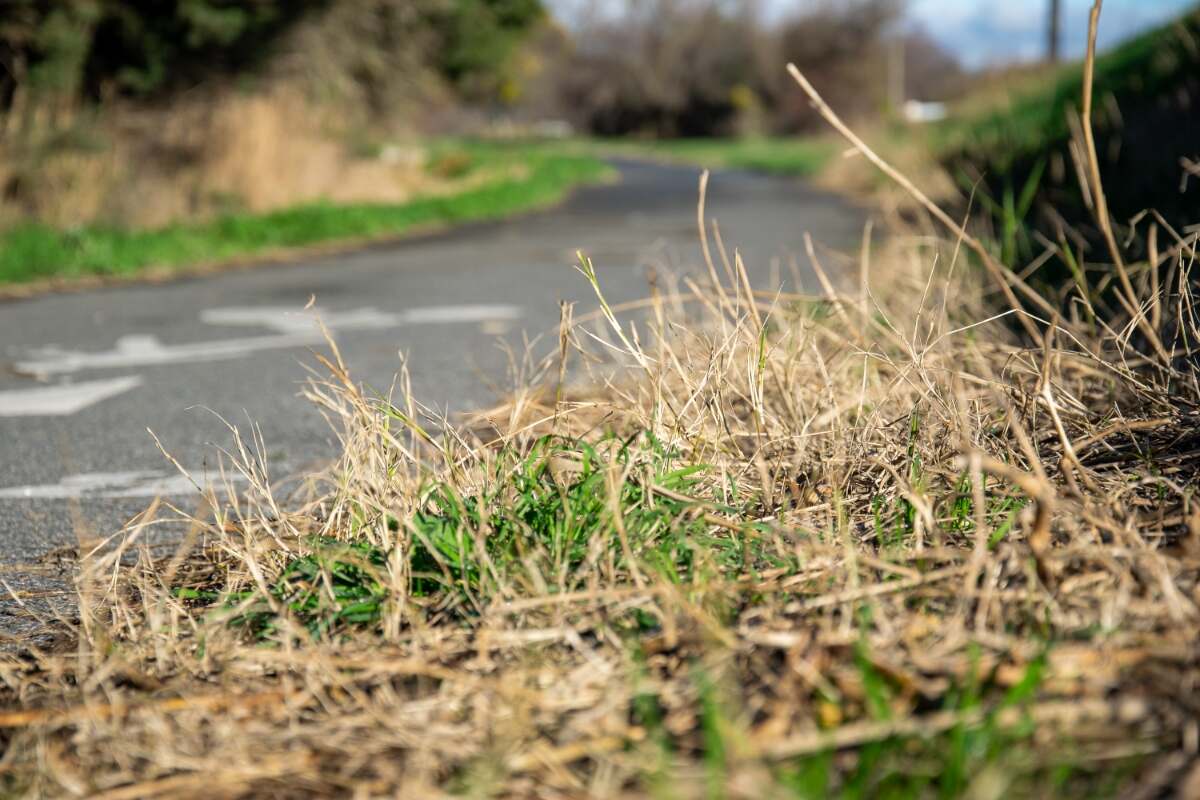
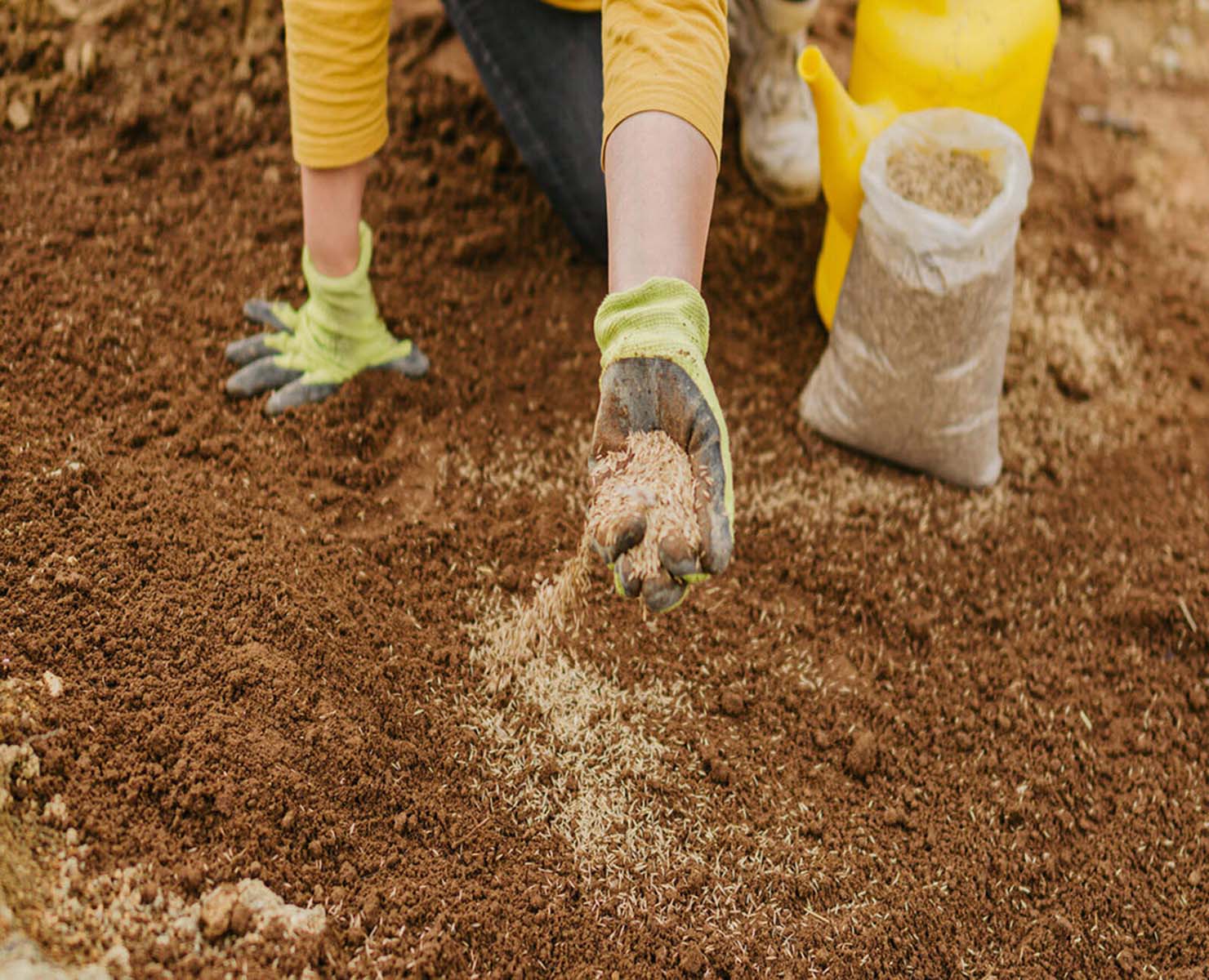
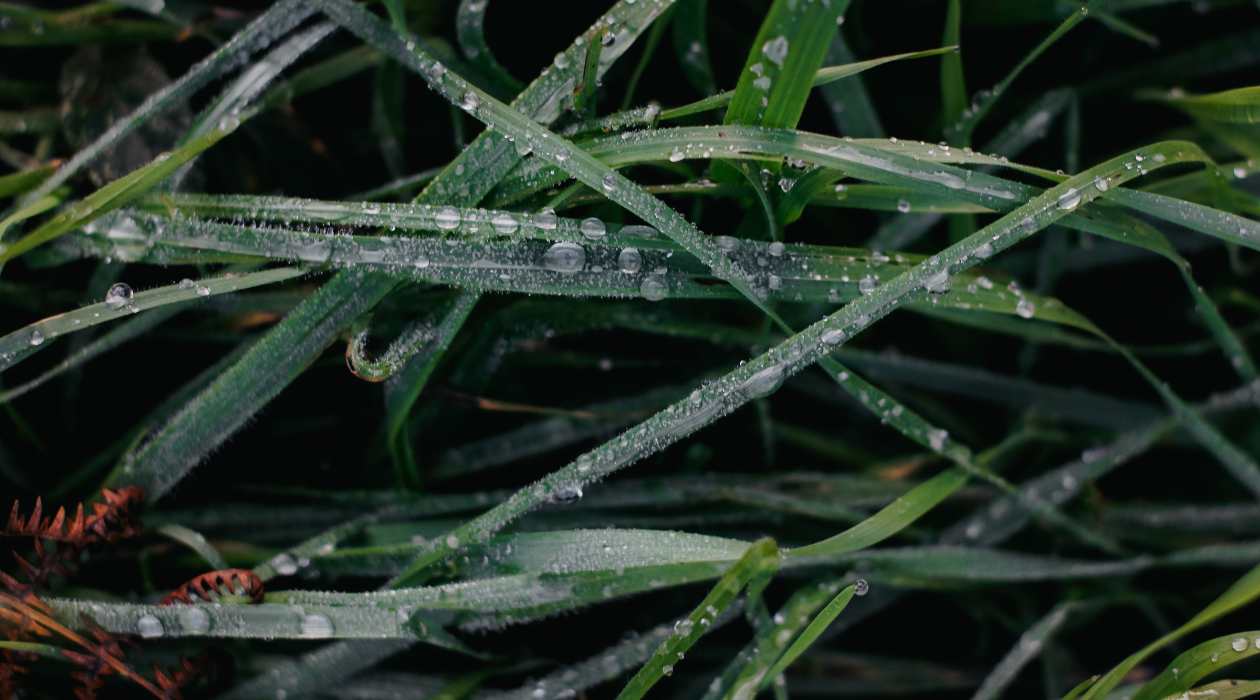
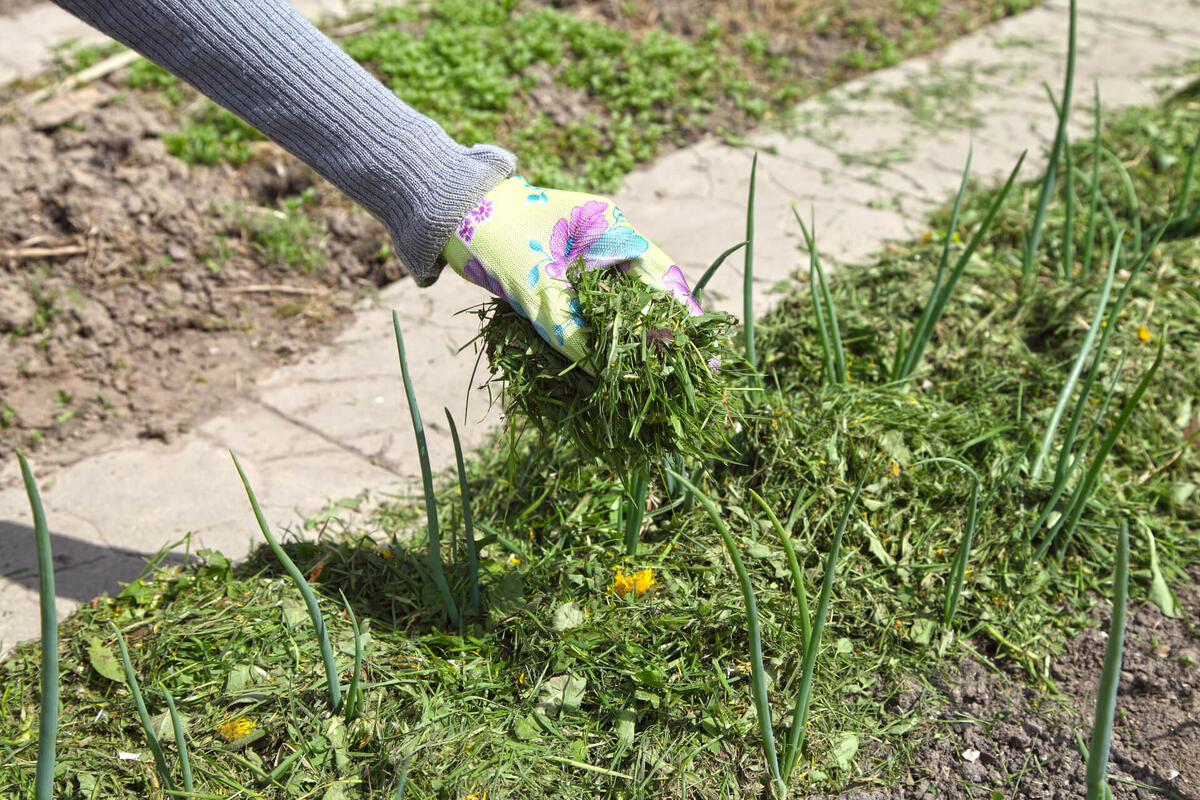
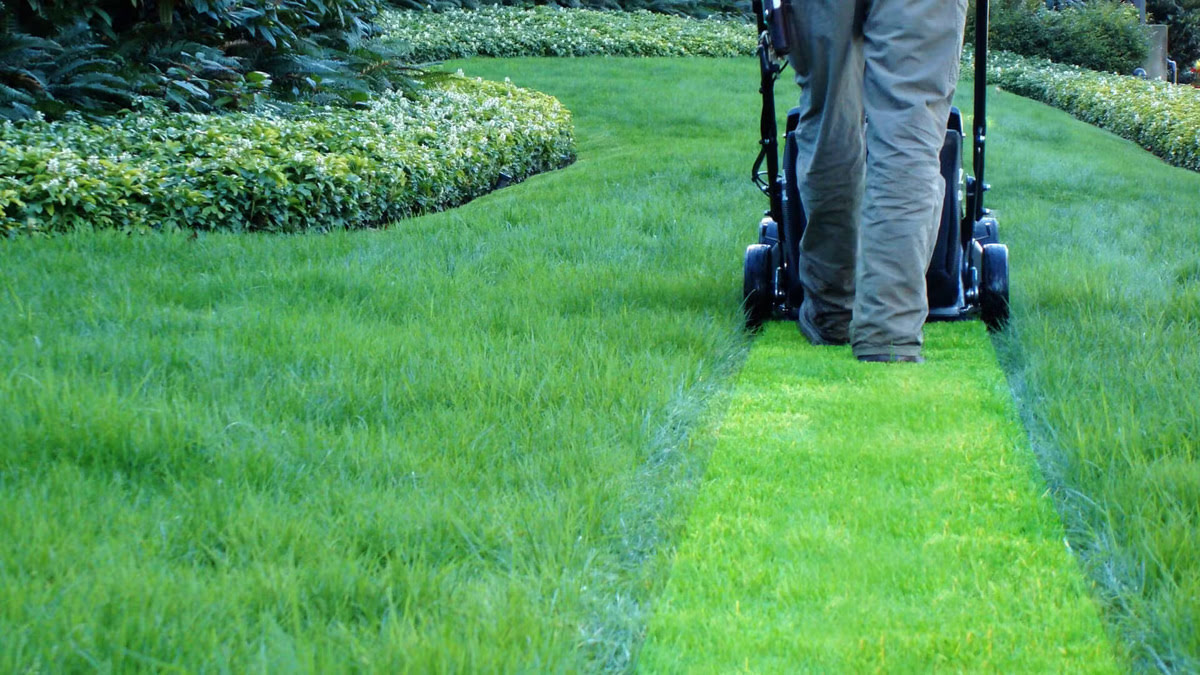
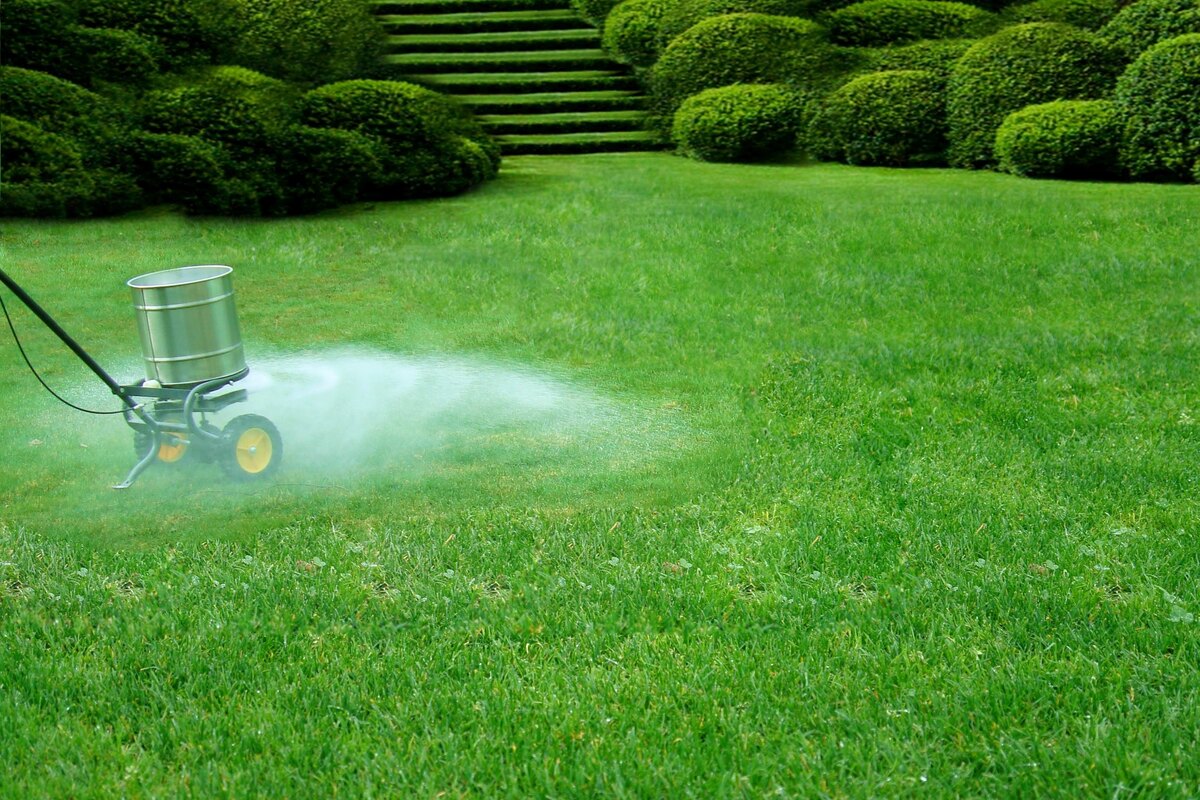
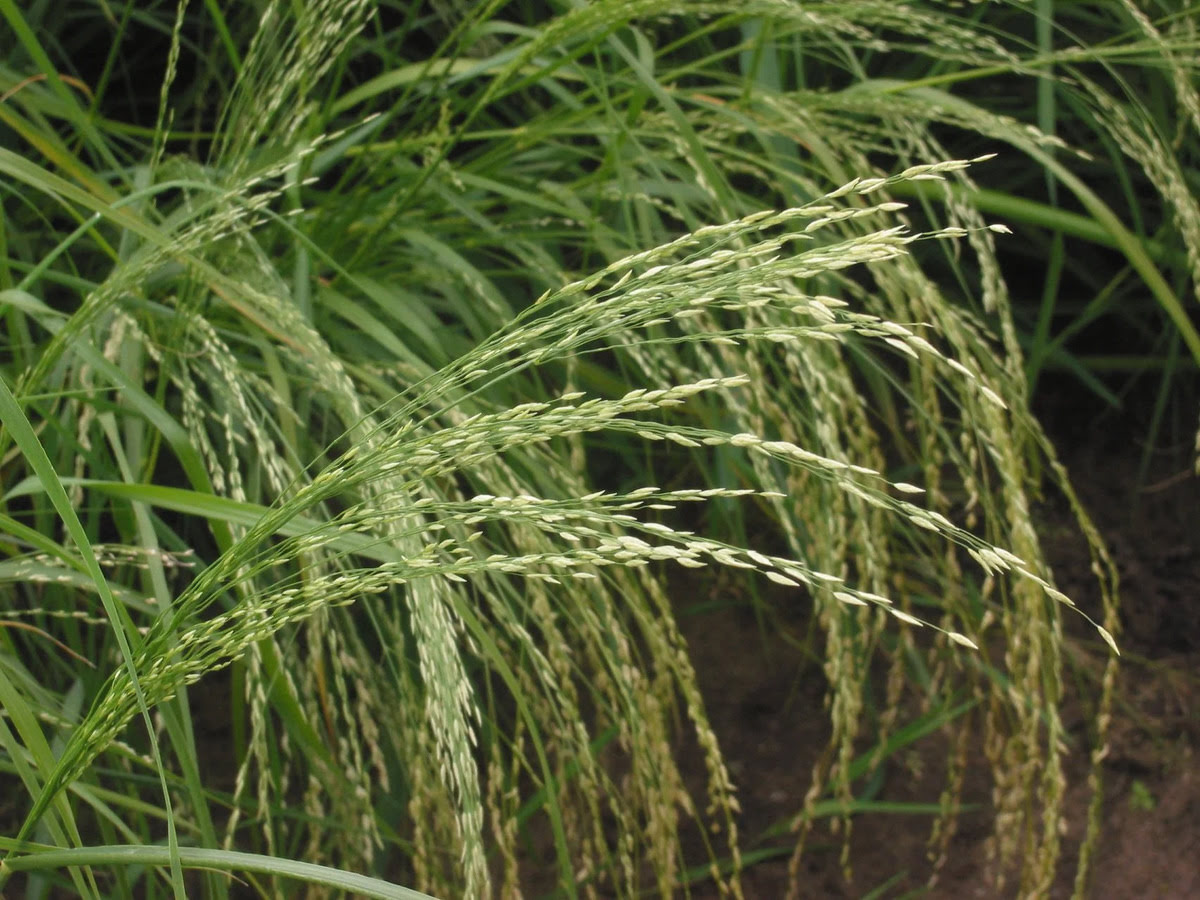
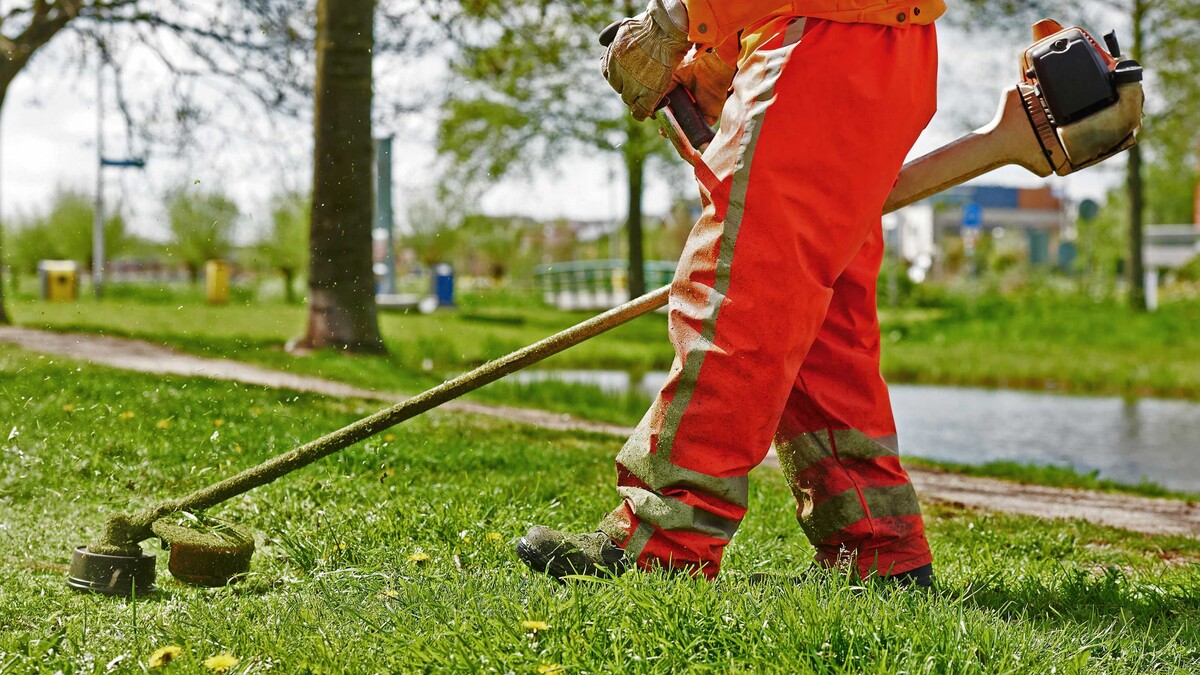

0 thoughts on “When Is Grass Dormant”